As global demand for water efficiency continues to surge across residential, agricultural, and industrial sectors, a pivotal innovation is quietly becoming a cornerstone in modern fluid control systems: the Pump Automatic Pressure Control Switch. This compact yet powerful device is transforming the way pump systems are managed, offering unparalleled ease, efficiency, and safety in water distribution.
A Pump Automatic Pressure Control Switch is designed to automatically regulate pump operations based on real-time water pressure levels within a system. By maintaining consistent water pressure and initiating pump activation only when necessary, it ensures good performance while reducing energy consumption and equipment wear.
Residential Water Systems See Upgrades
Homeowners are increasingly turning to the Pump Automatic Pressure Control Switch to address common issues like water hammering, fluctuating shower pressure, and excessive electricity use. These switches provide a seamless solution by automating the start and stop of domestic water pumps in response to demand. Unlike traditional manual pressure switches, they come with built-in dry-run protection to prevent pump damage when water is unavailable—a common problem in regions with intermittent water supply.
“Before installing a Pump Automatic Pressure Control Switch, we used to experience erratic water flow during peak usage times,” said Grace Thompson, a homeowner in Brisbane, Australia. “Now, the system self-regulates, and we haven’t had a single issue in months.”
Agricultural Irrigation Systems Enhanced
In agriculture, water efficiency is crucial. Farmers are integrating Pump Automatic Pressure Control Switches into their irrigation systems to enhance precision and reduce resource waste. These switches not only ensure that irrigation pumps activate based on pressure thresholds but also protect the motors from running dry—a critical feature in regions with variable groundwater levels.
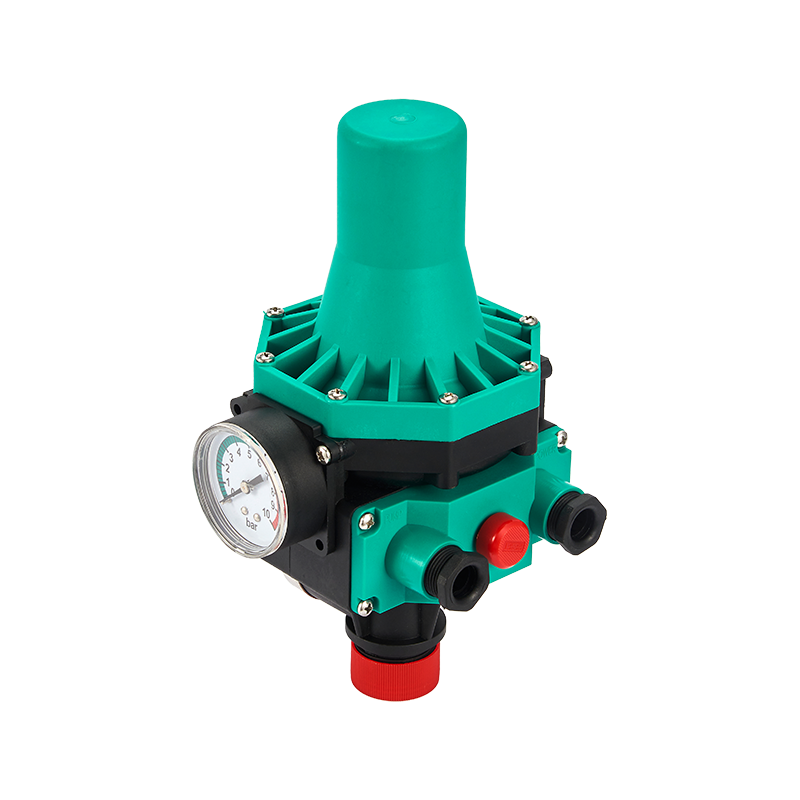
According to a recent study by the Agricultural Water Management Association, the inclusion of Pump Automatic Pressure Control Switches in irrigation systems led to a 17% reduction in water use and a 21% drop in energy costs for mid-sized farms in Southeast Asia.
Industrial Applications Expand
Industries dealing with manufacturing, chemical processing, and water treatment are increasingly deploying the Pump Automatic Pressure Control Switch as a standard component in their fluid handling systems. In such high-demand environments, pressure consistency is essential to avoid system disruptions and product defects.
Take, for example, a beverage bottling plant in Germany that installed over 100 Pump Automatic Pressure Control Switches across its facility. “By automating pressure regulation, we significantly cut down on machine downtime,” noted Dieter Falk, the plant’s mechanical engineer. “It’s also helped us meet stricter EU regulations on energy efficiency.”
IoT Integration and Remote Monitoring
the new generation of Pump Automatic Pressure Control Switches is IoT-enabled, offering remote monitoring and diagnostics via mobile apps or centralized dashboards. These smart switches can alert facility managers to potential issues like pressure drops or dry-run conditions before they escalate, thereby enhancing preventative maintenance.
changing manufacturers such as DAB, Grundfos, and Wilo are rolling out models that support integration with smart home and industrial automation platforms. These connected Pump Automatic Pressure Control Switches are fast becoming essential in smart building systems, where real-time responsiveness and data-driven maintenance are key.
Environmental and Economic Benefits
Beyond operational advantages, the use of the Pump Automatic Pressure Control Switch has strong environmental and economic implications. By reducing unnecessary pump cycles, the device cuts down on electricity usage, extends pump lifespan, and reduces water waste—all of which contribute to sustainability goals.
A case study from a municipal water authority in Cape Town, South Africa, revealed that retrofitting 500 pumps with Pump Automatic Pressure Control Switches helped save over 1 million kWh of energy and reduced annual maintenance costs by 30%.
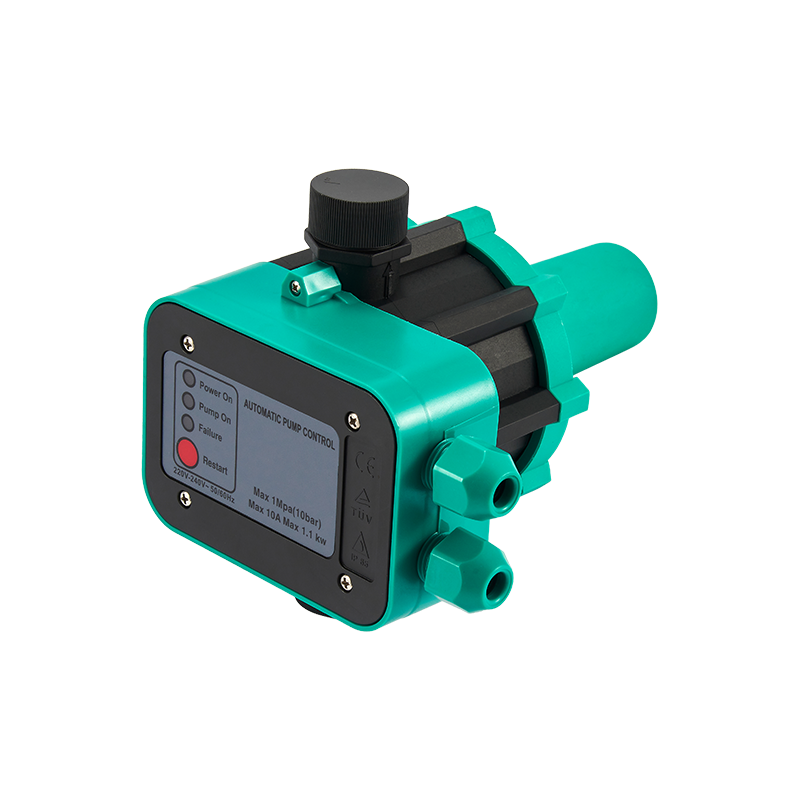
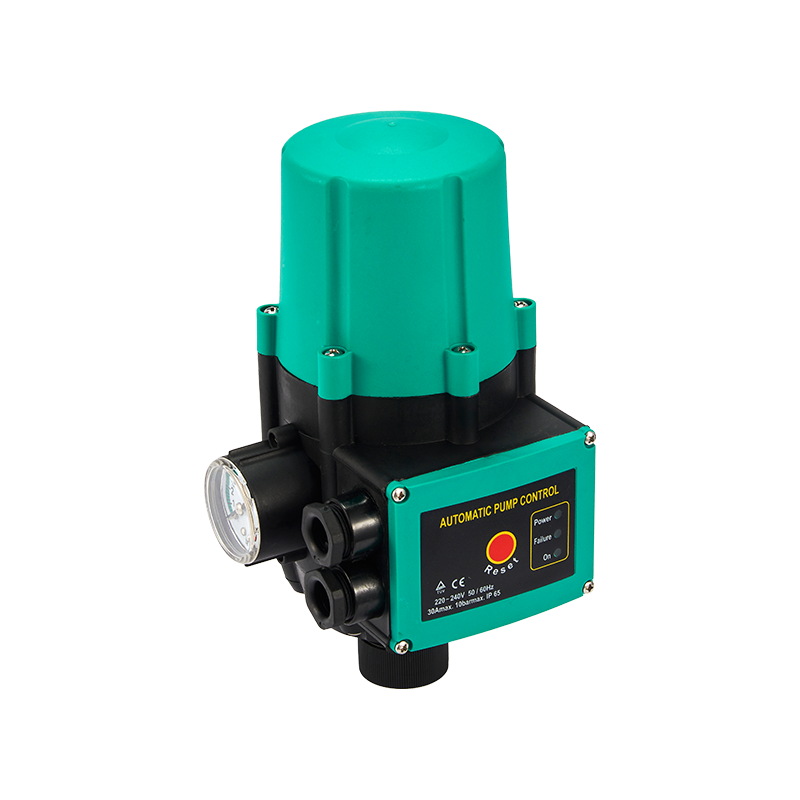

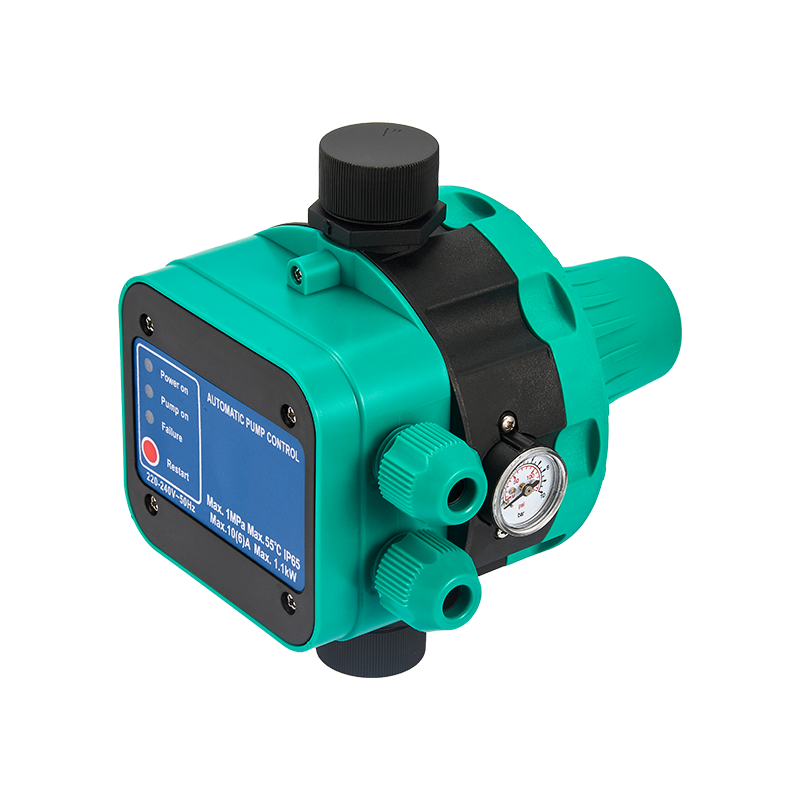
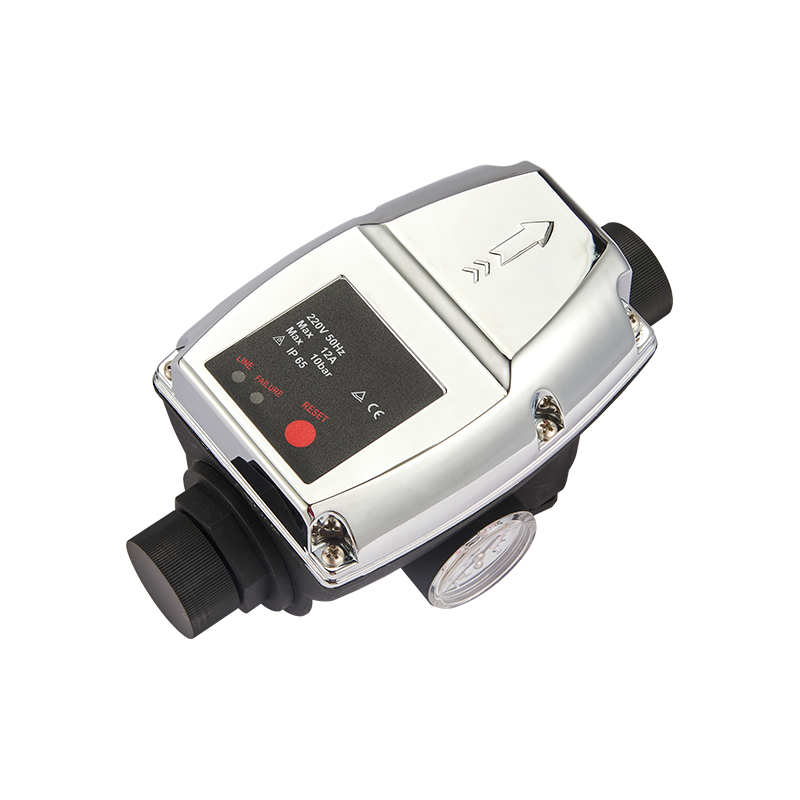
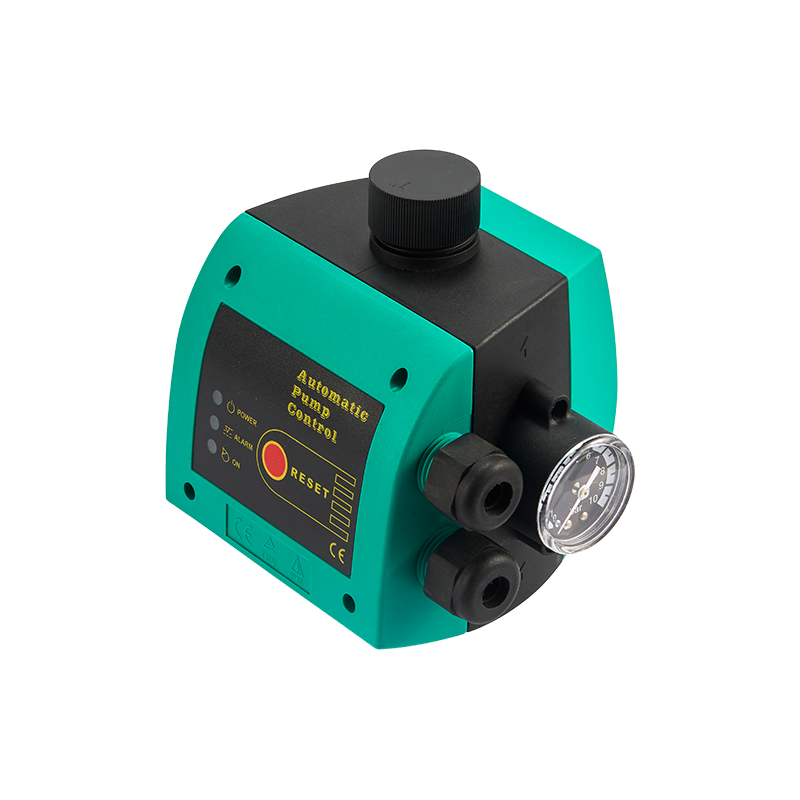
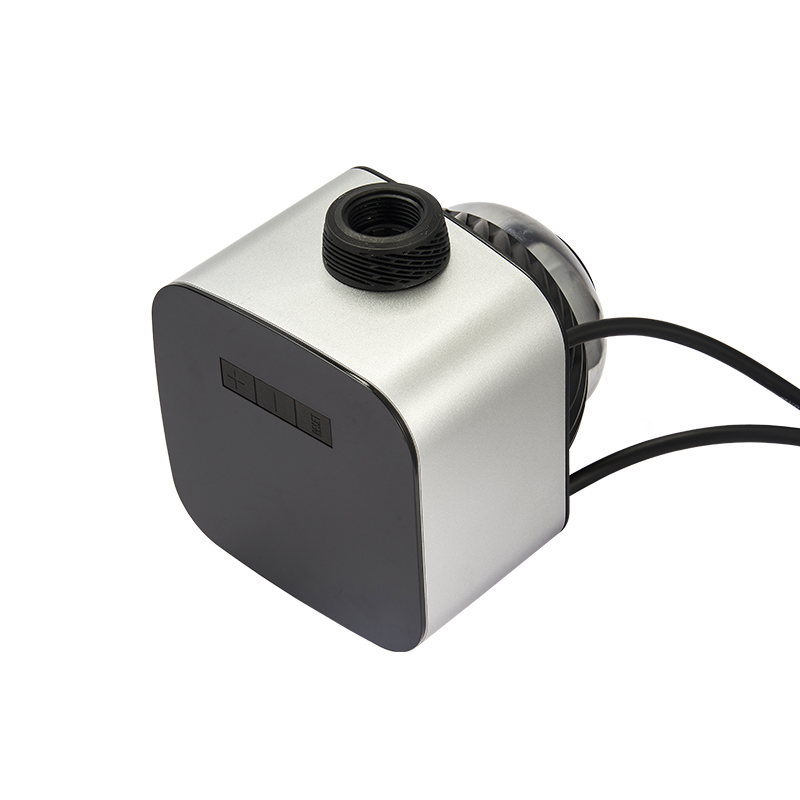
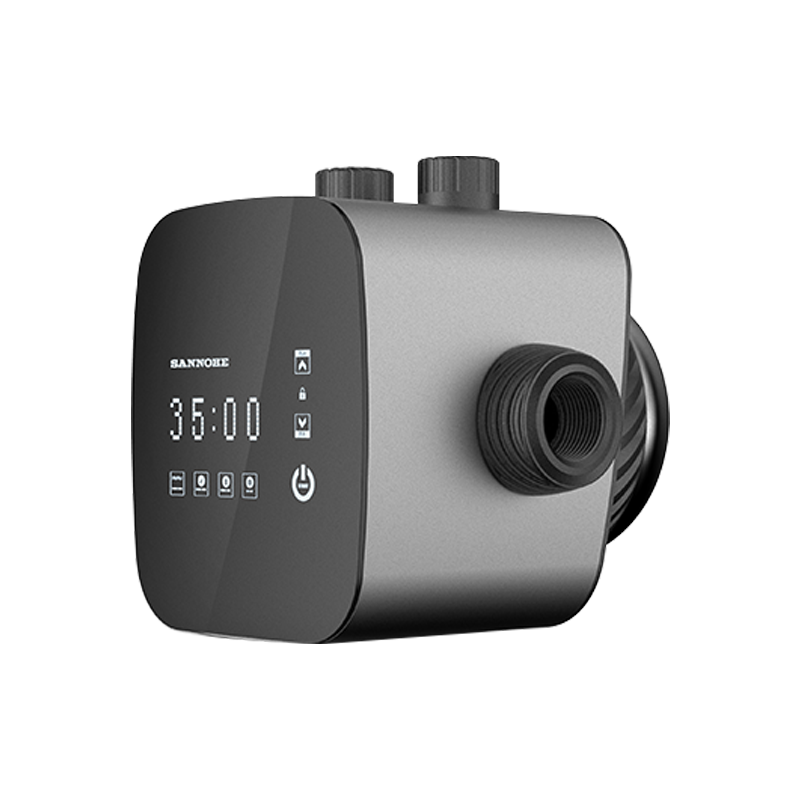
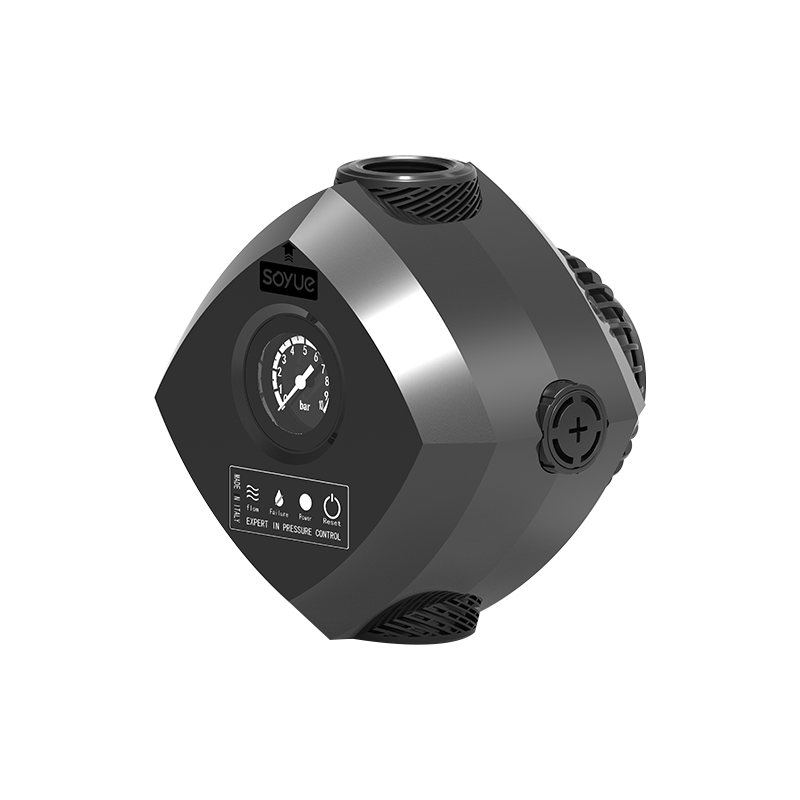
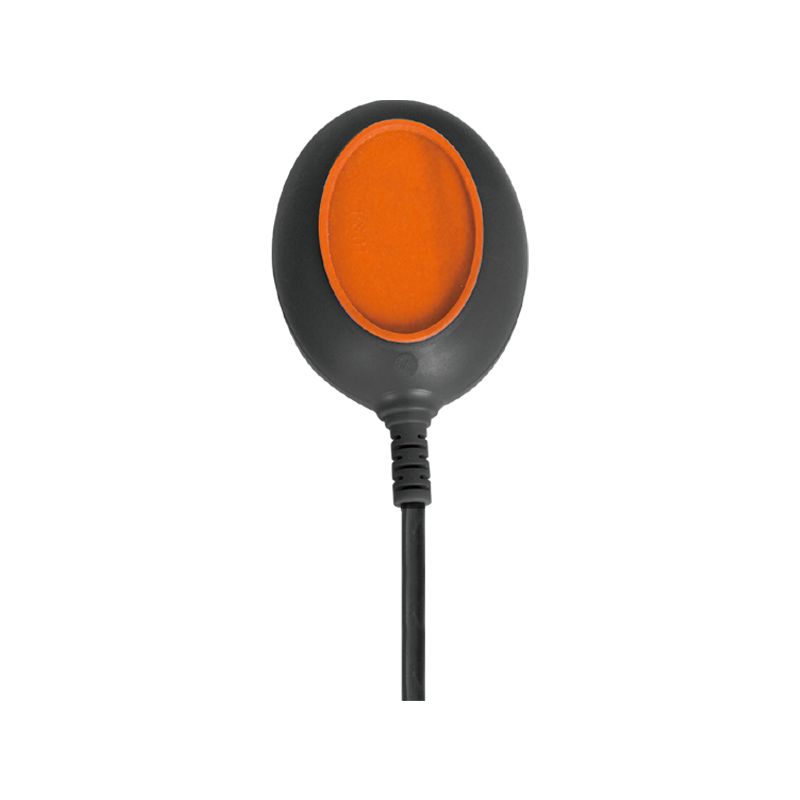
The global market for water management systems is experiencing a notable transformation, driven by significant advancements in water pump controller technology. These sophisticated devices are evolving from simple on/off switches to intelligent systems that optimize performance, enhance reliability,...
The industrial and municipal sectors are witnessing significant technological progress in the development and implementation of pump pressure controller systems. These sophisticated devices, designed to maintain and adjust fluid pressure within piping networks, are becoming increasingly vital for op...
The water systems industry continues to rely on the essential functionality of the water pump pressure control switch to maintain proper operational parameters. This component serves a vital role in residential, commercial, and industrial water systems by regulating pump operation based on pressure ...